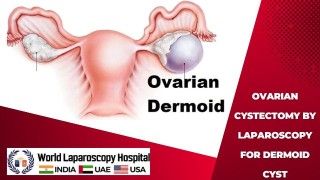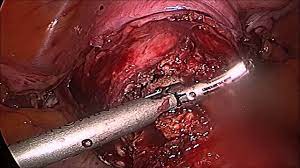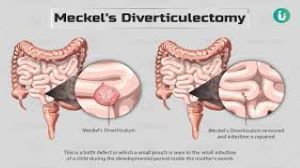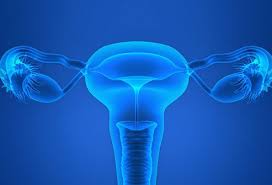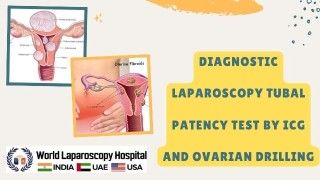Laparoscopic Tubal Surgery
Add to
Share
386 views
Report
2 months ago
Description
Laparoscopic Tubal Surgery is a minimally invasive surgical procedure aimed at diagnosing and treating disorders of the fallopian tubes, which play a crucial role in female fertility. This advanced technique uses small incisions, a laparoscope (a thin tube with a camera), and specialized surgical instruments to access the pelvic organs with precision. Indications for Laparoscopic Tubal Surgery Laparoscopic tubal surgery is commonly performed for: Blocked fallopian tubes: Causing infertility due to obstruction. Hydrosalpinx: Fluid-filled, damaged fallopian tubes that may affect conception. Tubal adhesions or scarring: Often due to previous infections, endometriosis, or pelvic inflammatory disease. Ectopic pregnancy: Removal or repair of a pregnancy implanted in the tube. Tubal sterilization reversal: Restoring fertility in women who previously underwent tubal ligation. Types of Laparoscopic Tubal Surgery Tuboplasty: Surgical reconstruction of damaged or blocked tubes. Salpingectomy: Removal of severely damaged or diseased tubes. Salpingostomy: Creation of an opening in the fallopian tube to restore patency. Adhesiolysis: Removal of adhesions or scar tissue around the tubes. Advantages of Laparoscopic Approach Minimally invasive: Requires only small incisions, reducing postoperative pain and scarring. Quick recovery: Patients usually return to normal activities within days. Enhanced visualization: The laparoscope provides a magnified view, allowing precise surgery. Lower risk of complications: Compared to open abdominal surgery, laparoscopy reduces the risk of infections and adhesions. The Procedure The patient is placed under general anesthesia. A small incision is made near the navel to insert the laparoscope. Carbon dioxide gas may be used to inflate the abdomen, creating space for better visibility. Additional small incisions may be made for surgical instruments. The surgeon examines the fallopian tubes and performs the necessary corrective procedure with utmost precision. Recovery and Prognosis Postoperative recovery is generally swift, with minimal discomfort. Patients are advised to avoid heavy lifting and strenuous activity for a few weeks. Fertility outcomes depend on the extent of tubal damage and the success of the procedure. Regular follow-up and fertility evaluation are essential for optimal results. Conclusion Laparoscopic Tubal Surgery represents a modern, safe, and effective solution for women facing tubal infertility or related disorders. With its minimally invasive nature, improved recovery times, and precise outcomes, it has become the preferred method for treating tubal pathologies while preserving fertility whenever possible.
Similar Videos

